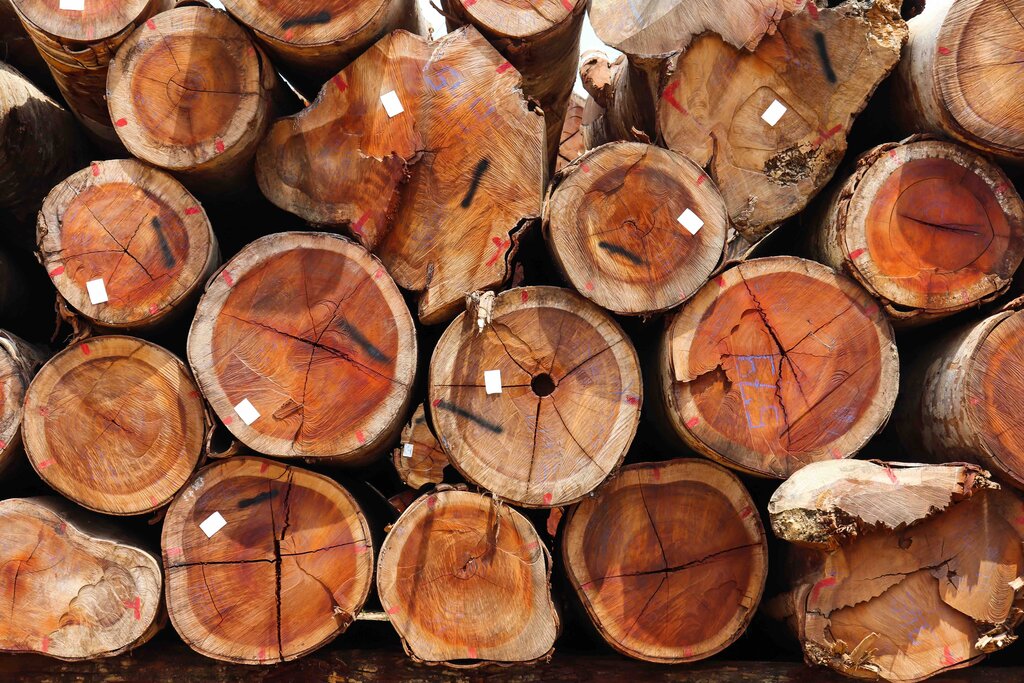
Paper, a fundamental part of our daily lives, has a rich history and countless uses. From ancient times to the digital age, paper has played a crucial role in communication, art, and industry. In this article, we will delve into 20 intriguing facts about paper, revealing its origins, environmental impact, and interesting trivia.
Ancient Origins of Paper
The first known paper was invented in ancient China around 105 CE during the Han Dynasty. It was made from a mixture of mulberry fibers, old rags, and hemp waste, creating a versatile material for writing and drawing.
Paper and the Name Origin
The word “paper” derives from the Greek word “papyrus,” which refers to the plant used by ancient Egyptians to make a writing material. Papyrus was made by weaving together strips from the stem of the papyrus plant.
Paper Spreads Across the Globe
Papermaking techniques gradually spread from China to other parts of the world. It reached Korea around the 4th century and then made its way to Japan in the 6th century. Eventually, papermaking reached Europe in the 12th century.
Oldest Surviving Paper
The oldest surviving piece of paper dates back to the 2nd century CE. Known as the “Dunhuang paper,” it was discovered in Dunhuang, China, and contains Buddhist texts and artwork.

Gutenberg’s Printing Press Revolutionizes Paper
Johannes Gutenberg’s invention of the printing press in the 15th century sparked a revolution in paper usage. With the ability to mass-produce printed materials, the demand for paper increased dramatically.
Different Types of Paper
There is a wide variety of paper types available today, each with its unique characteristics and uses. Some common types include bond paper, newsprint, tissue paper, cardboard, and specialty papers like watercolor paper and parchment.
The Power of Tree Planting
Trees play a vital role in the paper industry. Sustainable forestry practices involve replanting trees to ensure a continuous supply of wood for paper production. This helps maintain forest ecosystems and support biodiversity.
Environmental Impact of Paper Waste
The production and disposal of paper can have a significant environmental impact. Recycling paper reduces the demand for fresh fibers and saves energy, water, and trees. It is estimated that recycling one ton of paper can save up to 17 trees.

Paper Waste and Recycling
Recycling paper is an effective way to reduce waste. It not only conserves resources but also minimizes landfill space. Recycling one ton of paper can save approximately 3.3 cubic yards of landfill space.
Paperless Movement
In the digital age, there has been a growing movement towards reducing paper usage. Advancements in technology and the adoption of digital documentation have led to paperless alternatives, such as electronic documents and online communication.
Paper’s Role in Art and Expression
Paper has long been an essential medium for artists and creative individuals. It provides a versatile canvas for drawing, painting, printmaking, and other artistic endeavors. From delicate watercolors to intricate origami, paper offers endless possibilities for artistic expression.
The Impact of Paper on Literacy
The availability of affordable paper has had a profound impact on literacy rates and education. The mass production of books, newspapers, and other printed materials made knowledge more accessible and contributed to the spread of literacy worldwide.
Paper’s Role in Packaging
Packaging materials, including cardboard boxes, paper bags, and wrapping paper, are commonly made from paper. These versatile packaging solutions provide protection, convenience, and branding opportunities for a wide range of products.

Innovative Paper Products
In recent years, there have been remarkable advancements in the development of innovative paper products. These include waterproof paper, edible paper, and even paper made from alternative fibers like bamboo and agricultural waste.
Paper’s Contribution to Hygiene
Tissue paper and paper towels have become indispensable in maintaining hygiene and cleanliness. From facial tissues to toilet paper, these products offer convenience and comfort in our daily lives.
Final Thoughts
These facts about paper provide a glimpse into the remarkable journey and versatility of this essential material. From its ancient origins to its modern-day applications, paper continues to shape our world in countless ways.
Frequently Asked Questions
What are some facts about the first paper?
The first paper was invented in ancient China during the Han Dynasty around 105 CE. It was made from a mixture of mulberry fibers, old rags, and hemp waste.
What are some facts about paper waste?
Paper waste has a significant environmental impact. Recycling paper reduces the demand for fresh fibers and saves energy, water, and trees. Recycling one ton of paper can save up to 17 trees.
How old is the oldest paper?
The oldest surviving piece of paper, known as the “Dunhuang paper,” dates back to the 2nd century CE. It was discovered in Dunhuang, China, and contains Buddhist texts and artwork.
What are some fun facts about saving paper?
Saving paper can have a positive impact on the environment. Recycling one ton of paper can save approximately 3.3 cubic yards of landfill space and reduce the demand for fresh fibers.
Why is it called paper?
The word “paper” comes from the Greek word “papyrus,” which refers to the plant used by ancient Egyptians to make writing material. Papyrus was made by weaving together strips from the stem of the papyrus plant.
Was this page helpful?
Our commitment to delivering trustworthy and engaging content is at the heart of what we do. Each fact on our site is contributed by real users like you, bringing a wealth of diverse insights and information. To ensure the highest standards of accuracy and reliability, our dedicated editors meticulously review each submission. This process guarantees that the facts we share are not only fascinating but also credible. Trust in our commitment to quality and authenticity as you explore and learn with us.


